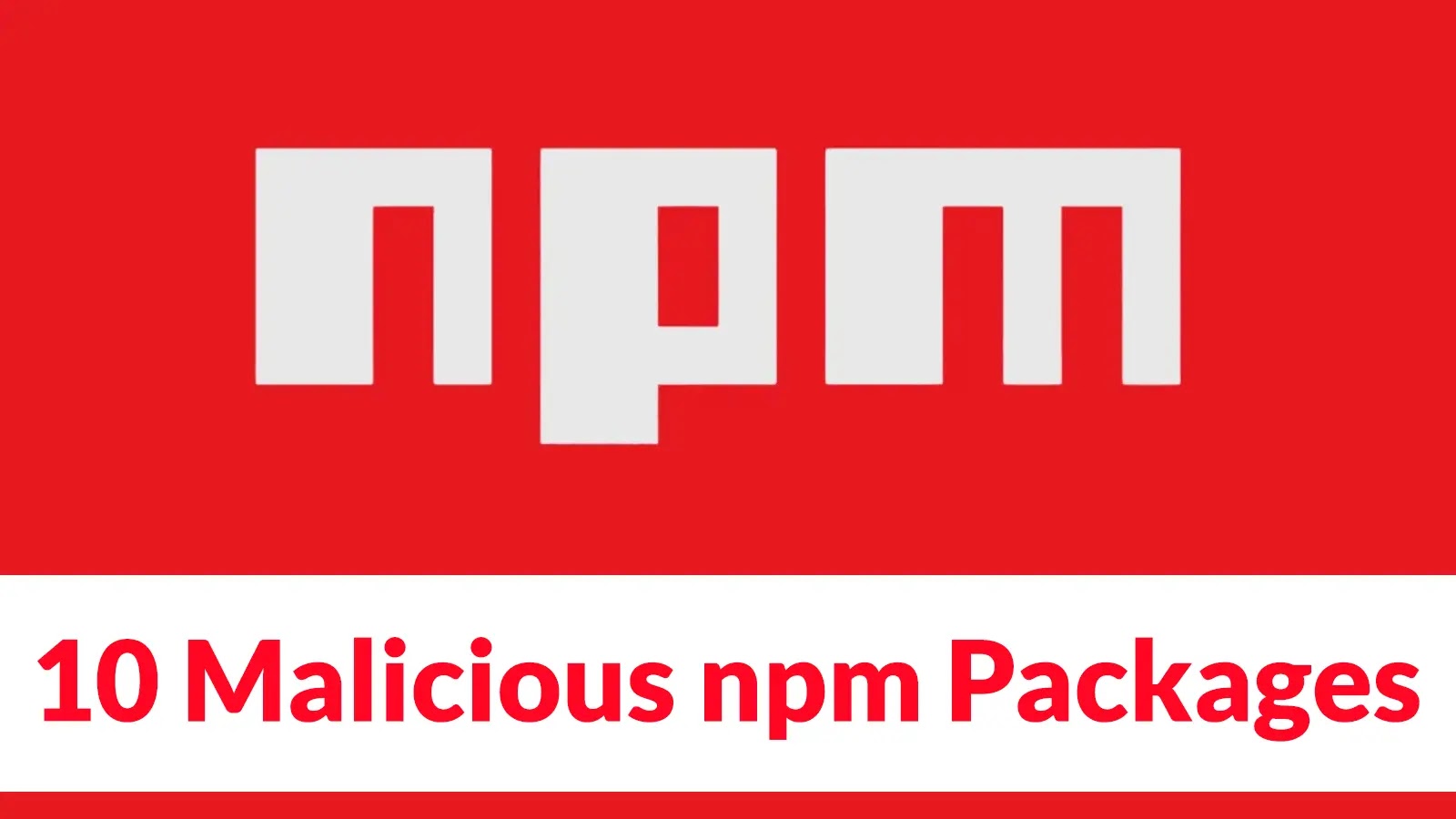Quantum Route Redirect: The New Frontier in Phishing Attacks Targeting Microsoft 365 Users
A sophisticated phishing campaign has emerged, leveraging a tool known as Quantum Route Redirect to target Microsoft 365 users globally. This advanced automation platform simplifies complex phishing operations into one-click attacks that effectively bypass traditional security measures. The campaign has already impacted victims across 90 countries, with the United States accounting for 76% of the targets.
The Evolution of Phishing Tactics
Phishing attacks have long been a staple in cybercriminal arsenals, but the advent of tools like Quantum Route Redirect marks a significant evolution. Historically, executing such attacks required substantial technical expertise and resources. However, this new platform democratizes phishing by providing pre-configured kits that even less experienced attackers can deploy. These kits come equipped with ready-made phishing domains and automated systems that manage everything from traffic routing to victim tracking.
Discovery and Analysis
Security researchers at KnowBe4 Threat Lab first identified attacks utilizing Quantum Route Redirect in early August 2025 through their PhishER Plus and Defend platforms. Their investigation revealed approximately 1,000 domains currently hosting this tool. The campaigns employ diverse social engineering tactics, including impersonation of DocuSign, payroll notifications, payment alerts, and QR code phishing, all designed to maximize victim engagement.
Mechanics of the Attack
The core innovation behind Quantum Route Redirect lies in its sophisticated visitor classification system. When a recipient clicks on a malicious link, the platform immediately analyzes incoming traffic to distinguish between automated security scanners and human targets through real-time behavioral analysis. Security tools and bots are redirected to legitimate websites, rendering the original email harmless during automated URL scanning. Meanwhile, genuine human visitors are directed straight to credential harvesting pages. This automated evasion technique successfully deceives both email security gateways and web application firewalls.
Technical Details
Victims receive phishing emails containing links that follow a consistent pattern: `/([\w\d-]+\.){2}[\w]{,3}\/quantum.php/`, hosted on parked or compromised legitimate domains. This strategic choice leverages brand trust to increase success rates. The platform performs browser fingerprinting and VPN/proxy detection automatically, enhancing its ability to identify security tools versus actual targets.
Campaign Management and Analytics
Cybercriminals monitor campaign effectiveness through an intuitive dashboard displaying comprehensive analytics, including total impressions, victim locations, device types, and browser information. This management interface provides two key components: a configuration panel for managing redirect rules and routing logic, plus visitor statistics for tracking traffic data and measuring campaign success rates.
Implications and Recommendations
The emergence of Quantum Route Redirect signifies a dangerous shift in the phishing landscape by removing technical barriers that once limited cybercriminal activities. Organizations must adopt proactive measures to defend against such advanced threats. Regularly updating antivirus software, enabling endpoint detection solutions, training employees on recognizing phishing attempts, and monitoring network traffic for suspicious activity are critical steps in mitigating the risks posed by such sophisticated phishing campaigns.



